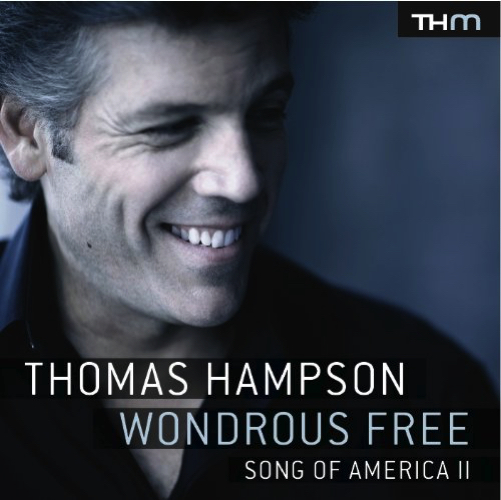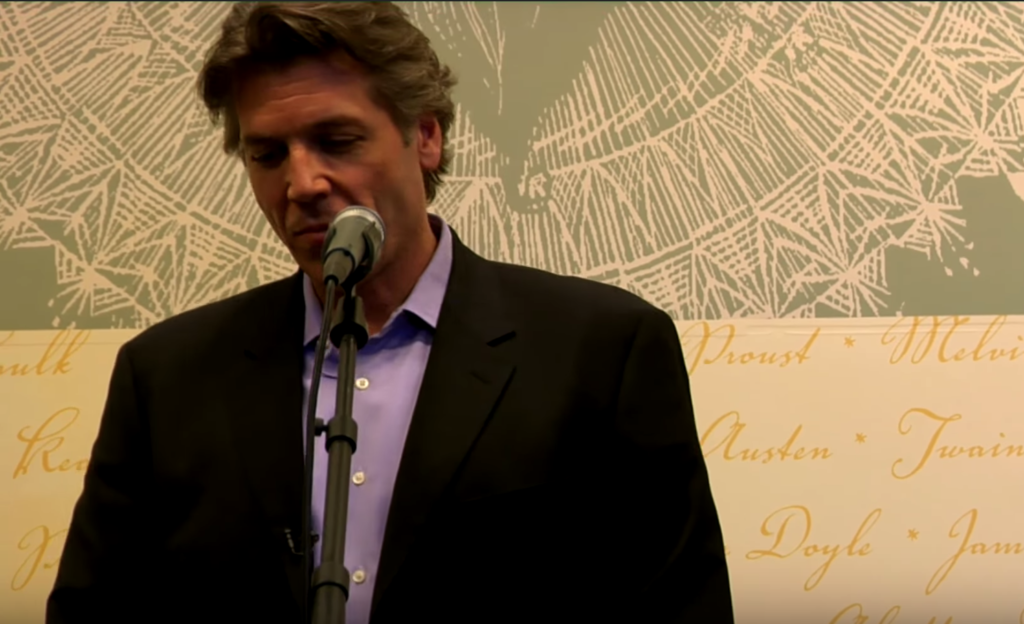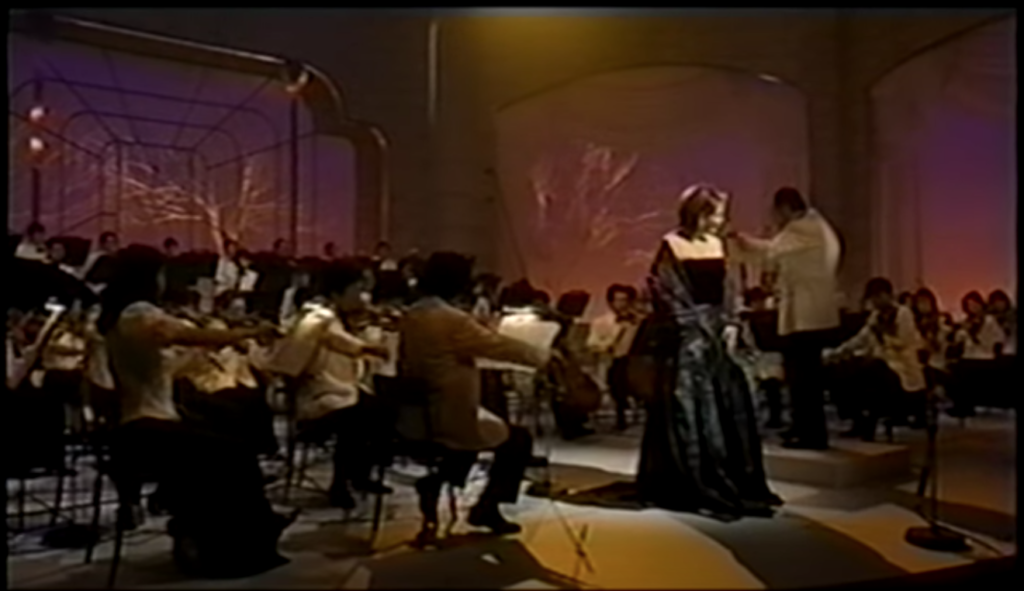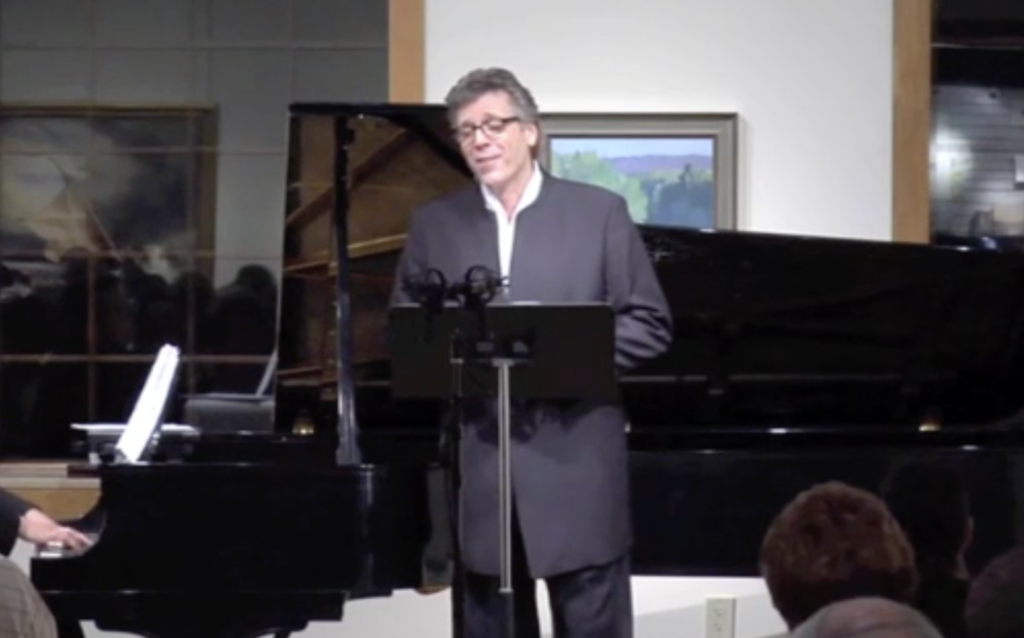Audio
Track:
About
American folklorist Alan Lomax suggested that “Shenandoah” was a sea-shanty and that its “composers” quite possibly were French-Canadian voyageurs. Sea-shanties were work songs used by sailors to coordinate the efforts of completing chores such as raising the ship’s anchor or hauling ropes. The formal structure of a shanty is simple: it consists of a solo lead that alternates with a boisterous chorus. With the sweeping melodic line of its familiar refrain, “Shenandoah” is the very nature of a sea-shanty; indeed, the song’s first appearance in print was in an article by William L. Alden, titled “Sailor Songs,” published in Harper’s New Monthly Magazine in 1882.
As unclear as the song’s origin is, so is the definitive version and interpretation of its text. Some believe that the song refers to the river of the same name. Others suggest that it is of African-American origin, for it tells the tale of Sally, the daughter of the Indian Chief Shenandoah, who is courted for seven years by a white Missouri river trader. Regardless of these textual mysteries, “Shenandoah” remains an American classic.
–Library of Congress
Text
Version by Stephen White
Oh, Shenandoah, I long to see you,
Away, you rolling river
Oh, Shenandoah, I long to see you,
Away, I’m bound away, across the wide Missouri.
Oh Shenandoah, I love your daughter
Away, you rolling river
Oh Shenandoah, I love your daughter
Away, I’m bound away, across the wide Missouri.
Oh, Shenandoah, I’m bound to leave you,
Away, you rolling river
Oh, Shenandoah, I’m bound to leave you,
Away, I’m bound away, across the wide Missouri.
Related Information
Videos
Recordings

Wondrous Free
(Leonard Bernstein, Paul Bowles, John Alden Carpenter, John Woods Duke, Stephen Foster, Sidney Homer, Francis Hopkinson, Charles Ives, Edward MacDowell, William Grant Still and Elinor Remick Warren)
2009
View recording




